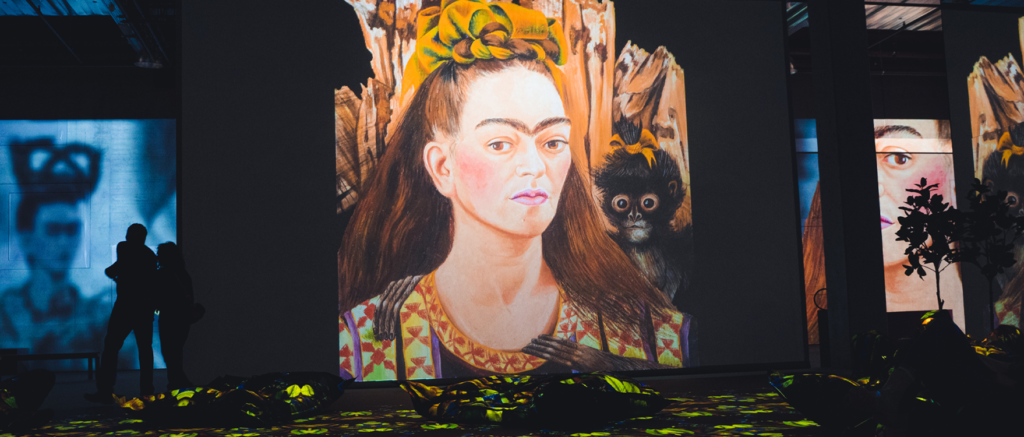Exhibition at MASI Lugano LAC, from September 4th, 2022 to January 8th, 2023
On view for the first time in its entirety in a museum context, the Collection comprises some 70 works: pencil, pen and pastel drawings, watercolors, engravings and lithographs covering a broad spectrum of the artist’s output from 1914 to his death. This coherent group of works, the result of a careful selection since the 1970s, strongly emphasizes the importance of drawing in Klee’s work, and more particularly of the line.
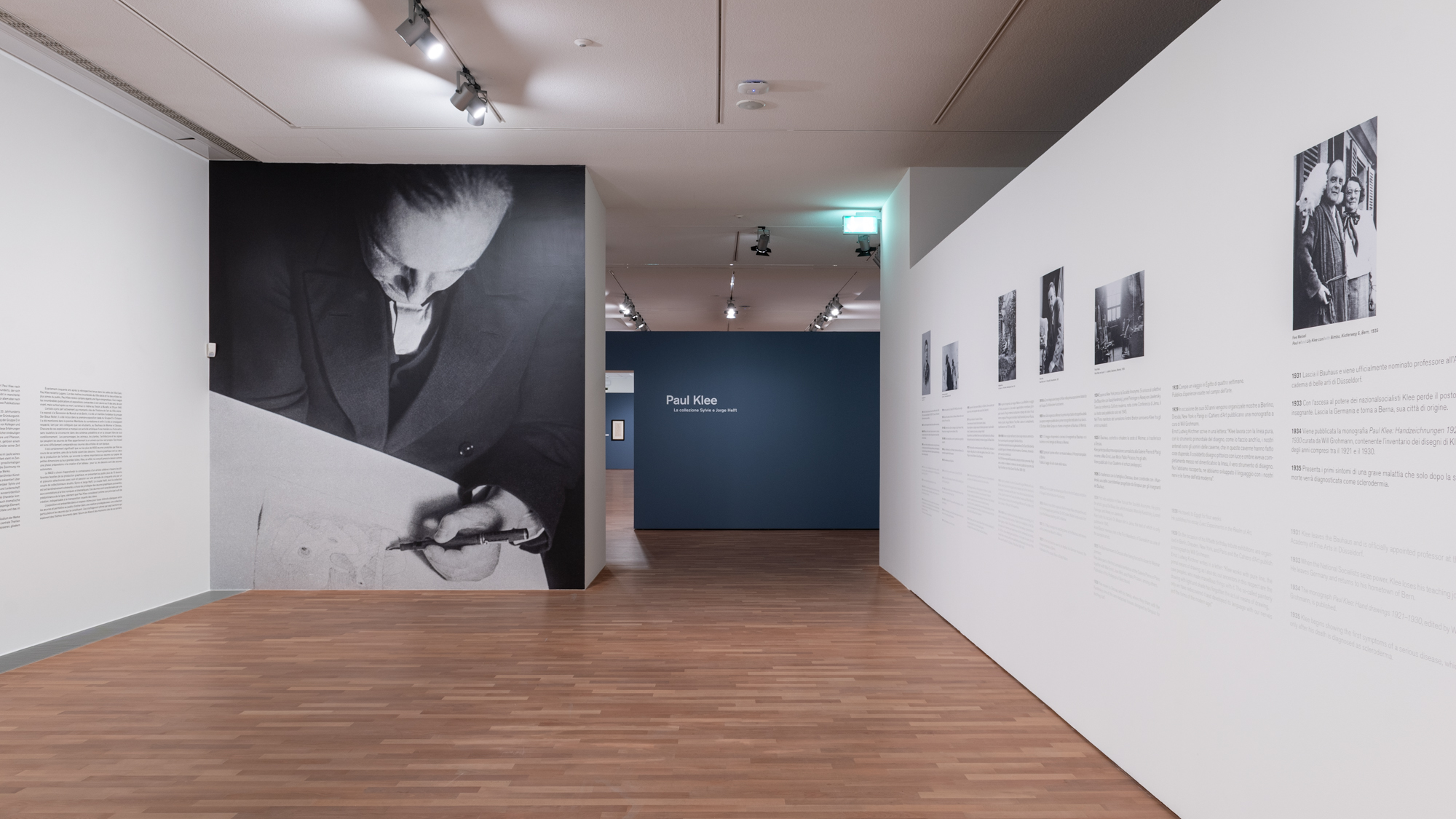
For the artist, drawing was not a preliminary stage to any painting, but a work in itself: almost half of his vast output – some 9,000 works – is made up of drawings. From an early age, Klee proved to be a skilled and versatile draughtsman. He was particularly interested in the quality of line in prehistoric works and children’s drawings, whose spontaneity, authenticity and reduction of form he appreciated. He plays with the line in all its forms: straight, zigzag, vertical, horizontal, to draw circles, arrows, numbers, letters, signs and symbols. In this way he creates graphic works with ironic and humorous connotations, sometimes bordering on sarcasm and tinged with a more dramatic nuance. The line also occupies a key position in Klee’s theoretical writings, and is a recurrent element in his lectures at the Bauhaus in Weimar and Dessau, where he taught for ten years. The exhibition is presented in a separate space to encourage a close dialogue between the works and to reflect the intimate connection that a private collection offers. The exhibition is divided into seven sections. Each section explores recurring themes in Klee’s work and the pivotal moments in his artistic career: nature and architecture, the human figure and the animal world, his years as a teacher at the Bauhaus, his special relationship with the performing arts, his illness, and the pictorial output of his last years (1935-1940). In addition, a special section is devoted to first editions of books illustrated by Klee, exhibition catalogs, monographs and a rare complete copy of the Meistermappe des Staatlichen Bauhauses portfolio from 1923.
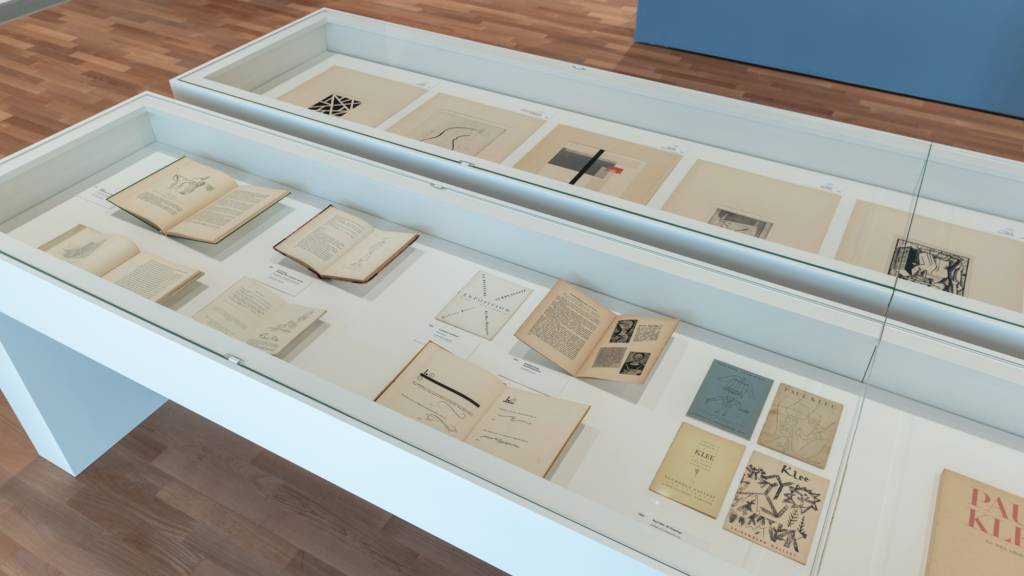
The first section of the exhibition is devoted to the relationship with nature, a vivid source of inspiration for the artist’s creative process. In analogy with nature, the artist infuses his works with a vital momentum: a succession of phases from genesis, to growth and proliferation of formal elements. Klee draws and paints without preconceptions. The subject or scene he wishes to represent springs spontaneously, signs or forms that are inspired by real, organic or inorganic elements.
In the next section, devoted to the interwar period and the Bauhaus years, the work The Other Haunted Room (new version) from 1925 is noteworthy. In this composition, Klee skilfully combines central perspective and an atmosphere borrowed from De Chirico to create a work that oscillates between cubist and metaphysical inspirations. The first work by Klee acquired by Jorge Helft in 1970, this work occupies a special place in the Collection. It was presented in 1925 as part of an exhibition at the Galerie Vavin-Raspail in Paris, where the French public discovered Klee’s watercolors for the first time.
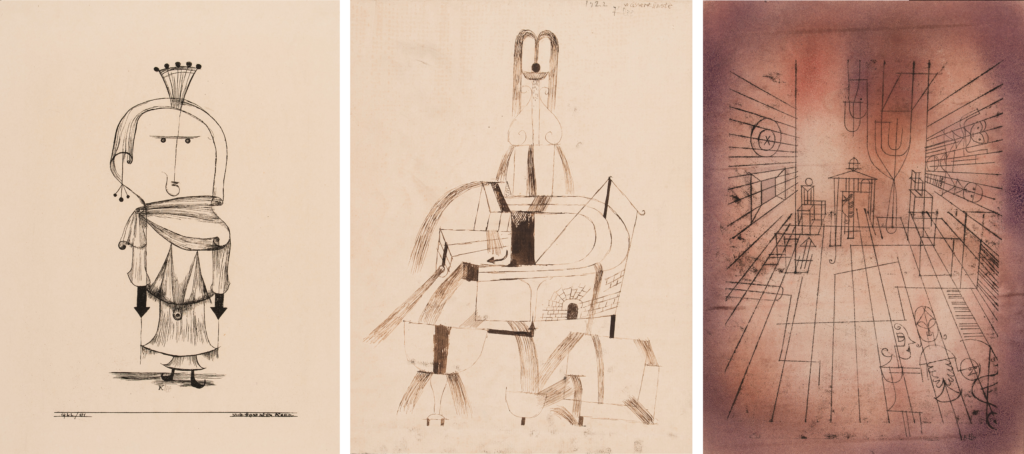
The tour continues with two sections devoted to the exploration of the human figure and the animal world, as well as the narrative suggestions inherent in many of the works in the exhibition. Klee’s figures are often evoked in a concise manner, with only a few strokes suggesting an expression or attitude. Even when several figures appear in his spare compositions, the artist creates a dynamic and intriguing relationship between them. As a keen observer of human behavior and social interaction, Klee enjoys composing dramatic and caricatured scenes in which animals display behaviors worthy of human contradictions and virtues.
The solid musical training of Klee – son of music teacher Hans Klee and singer Ida Frick, herself an excellent violinist – is evident both in the structure of his works and in his choice of subjects. Klee drew on classical forms of musical composition such as variation, fugue and polyphony to create works that are characterized by perfect formal harmony. In the section devoted to Klee’s relationship with the performing arts, several works show the artist’s great interest in the theater and in comedy and circus characters; a world in which he saw metaphors for human behavior, sometimes referring to his own personal experiences.
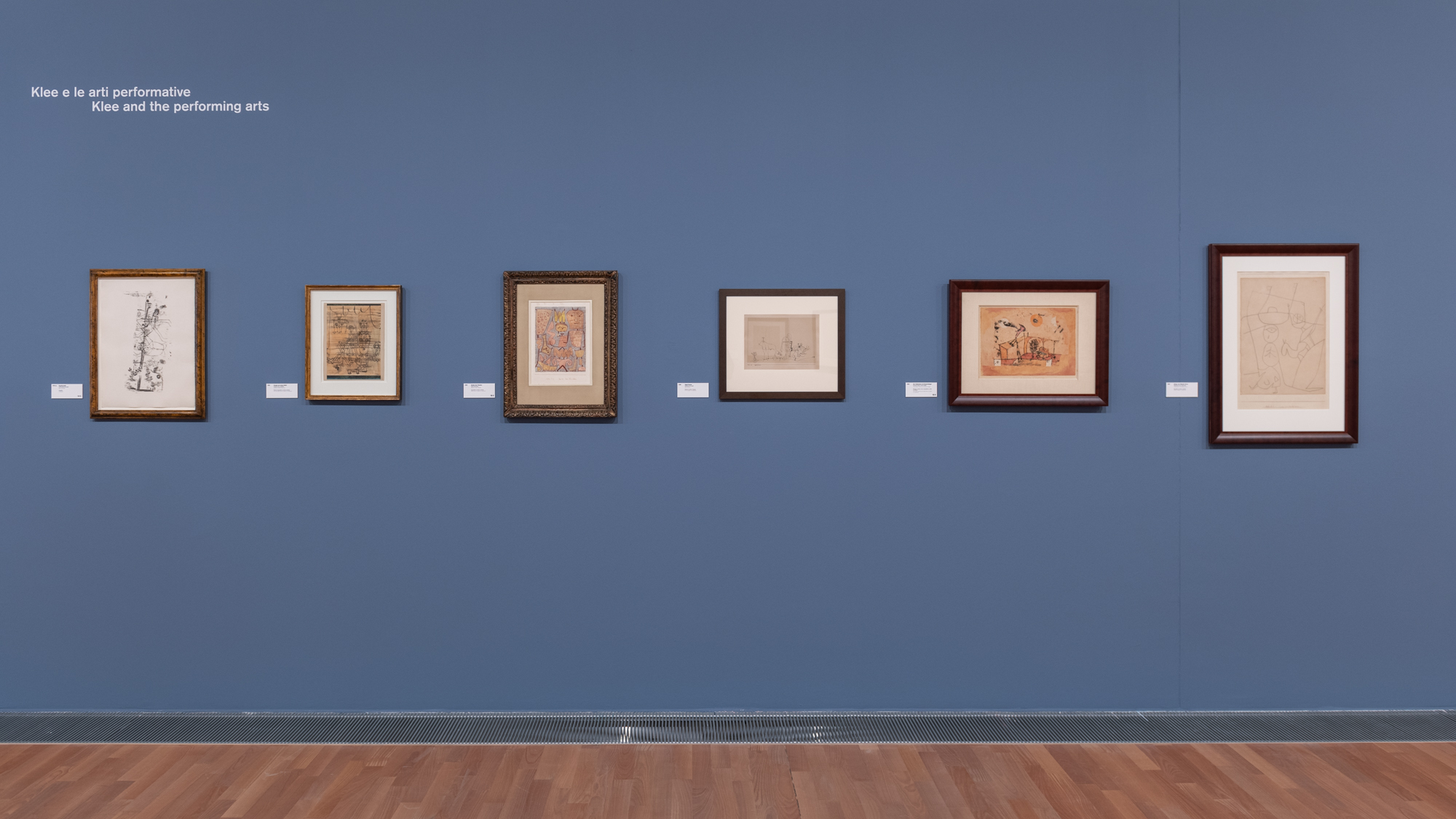
The last section of the exhibition is devoted to works from his last period. They are characterized by a rapidity of line, a reduction of forms and an almost tactile materiality, due to the use of very thick colors based on starch glue. To look at them, these works seem to have been painted directly with the fingers, like Vola the Quarter Moon, 1939. Although marked by illness, Klee’s last years were extremely productive. The works presented here are those over which “death casts its shadow,” as Juan Manuel Bonet reminds us in his essay published in the catalog. Indeed, an incurable disease gradually transformed the artist’s body, which literally appeared “in pieces” in the drawing Interrupted Metamorphosis, 1939.
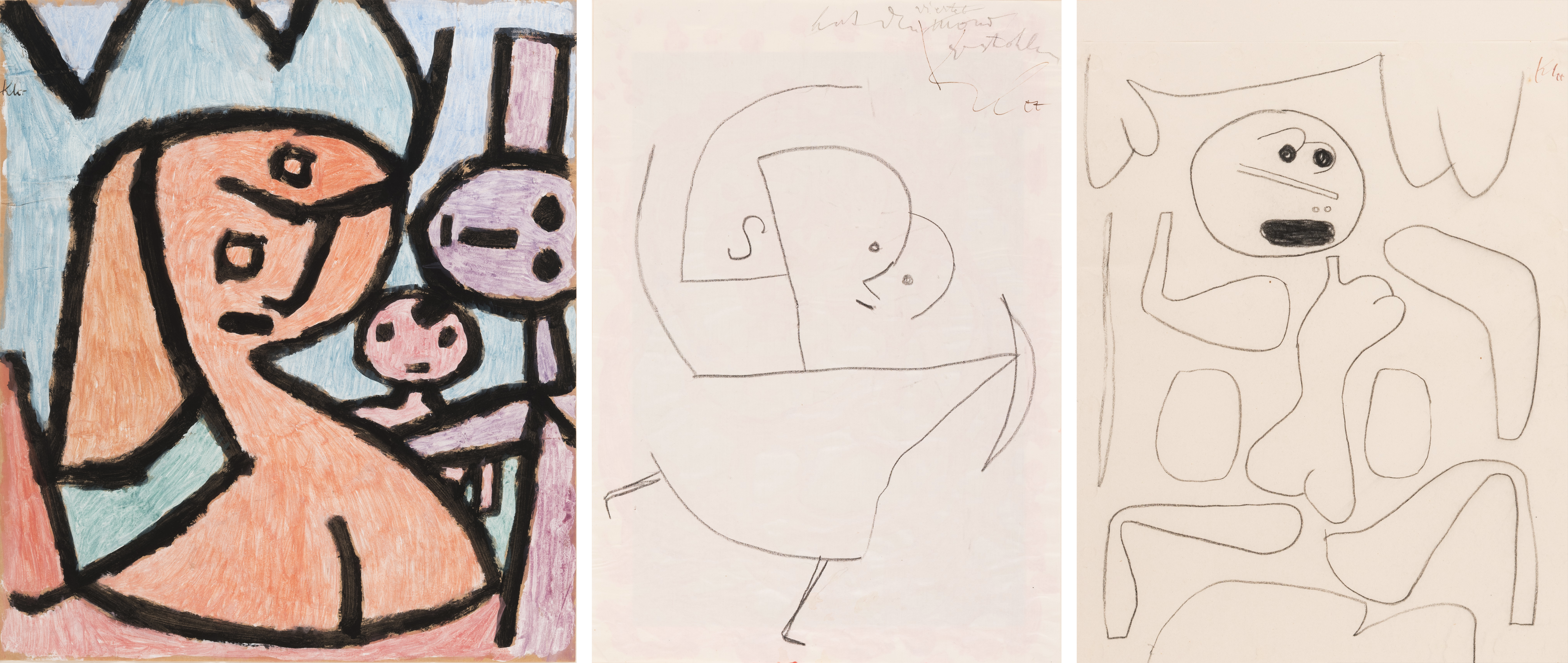
A special section is dedicated to the original publications that Sylvie and Jorge Helft, passionate bibliophiles, have collected over the years. These are rare and valuable editions that document the artistic and literary developments of the avant-garde movements of the early 20th century. Not to be missed is an exceptionally complete copy of the Meistermappe des Staatlichen Bauhauses portfolio with, among others, a lithograph by Vasily Kandinsky and a constructivist composition by László Moholy-Nagy.

MASI Lugano | LAC
Piazza Bernardino Luini 6, 6900 Lugano
Website : https://www.masilugano.ch/
